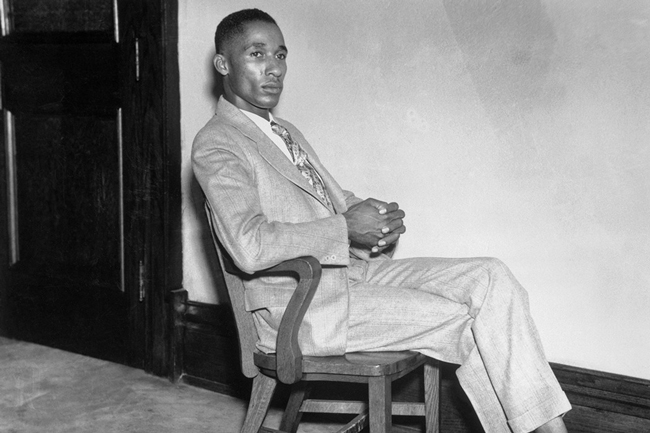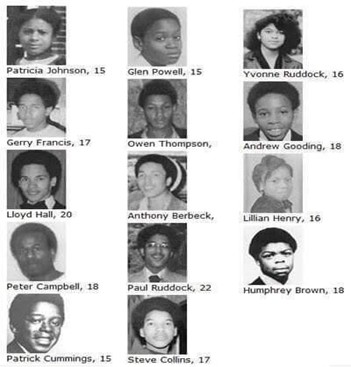
The Legacy of Lloyd Gaines: A Pioneering Fight for Educational Equality
Lloyd Gaines’s life story is a remarkable and tragic narrative of perseverance, courage, and an enduring quest for equality. As an African American in the 1930s, Gaines’s dream of attending law school faced the severe obstacle of racial discrimination. His journey and eventual mysterious disappearance left a profound impact on the fight for civil rights in the United States.
Early Life and Education
Born in 1911 in Water Valley, Mississippi, Lloyd Gaines was raised in a large family, one of eleven children born to Henry Richard Gaines and Callie S. Holman. After losing his father, Gaines’s mother moved the family to St. Louis, Missouri, in search of better opportunities. Despite facing numerous hardships, Gaines excelled academically, becoming valedictorian of Vashon High School in 1931. His dedication earned him a $250 scholarship through an essay contest, enabling him to attend Lincoln University in Jefferson City, Missouri. He graduated with honors in 1935, driven by his ambition to become a lawyer.
A Legal Challenge to Racial Exclusion
In 1935, Lloyd Gaines applied to the University of Missouri School of Law. At the time, Missouri had a policy to exclude Black students from its law school, instead offering to cover their tuition to attend law schools in neighboring states. With the support of the NAACP, Gaines filed a lawsuit against the university, arguing that the denial of admission violated the Equal Protection Clause of the Fourteenth Amendment. His case, Missouri ex rel. Gaines v. Canada, eventually reached the U.S. Supreme Court.
In a landmark decision in 1938, the Court ruled in Gaines’s favor, stating that if Missouri provided a legal education to white students, it must offer the same opportunities to Black students within the state. This ruling marked a significant step toward ending segregation in higher education, setting a precedent that the state could not simply send Black students elsewhere.
The Mystery of His Disappearance
Following the Supreme Court decision, Missouri decided to establish a separate law school for Black students rather than admit Gaines to the University of Missouri. Before any arrangements could be finalized, however, Lloyd Gaines mysteriously disappeared in March 1939. Despite extensive efforts, his whereabouts remained unknown, and his case was closed without resolution. The mystery of Gaines’s disappearance has intrigued historians, with speculation about foul play or personal struggles, but no conclusive answers have ever been found.
A Family’s Enduring Hope and Legacy
After his disappearance, Gaines’s family, including his mother Callie and his siblings, continued to live in St. Louis, uncertain about his fate. In a 1951 interview, his bedridden mother expressed her lingering hope for his return, and his brother George shared that the family had not declared him legally dead, keeping alive their hope or uncertainty about his status.
In later years, Gaines’s extended family, including his nephew, continued to honor his legacy. They expressed pride in his courage and contribution to civil rights, participating in events commemorating his impact on educational equality. Although the specific details of his family’s current whereabouts remain limited, their commitment to preserving his memory reflects the enduring influence of his life and work.
A Lasting Impact
Lloyd Gaines’s battle was pivotal in the movement toward educational equality in the United States. His courage not only inspired future civil rights litigation but also challenged the nation to confront the injustice of segregation. Today, his story serves as a powerful reminder of the sacrifices made by those who fought for civil rights and the tragic costs they sometimes paid. Though his life was cut short, Lloyd Gaines’s legacy lives on as a symbol of resilience and the ongoing fight for equality in America.


